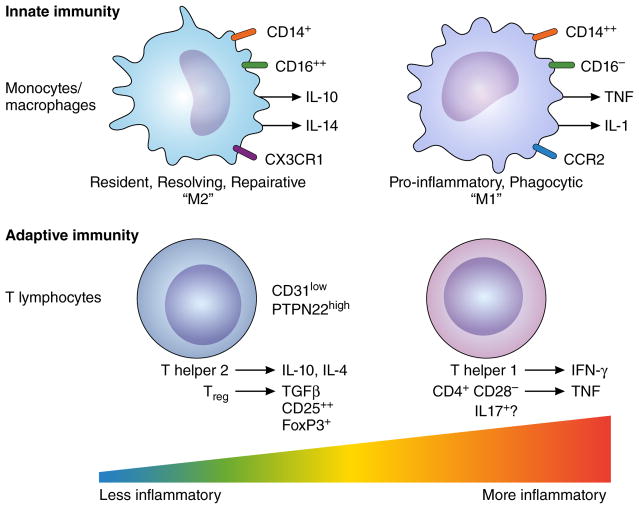Figure 2. Imbalance in adaptive immune pathways can modulate atherosclerotic plaque activity.
Subsets of T lymphocytes, major participants in adaptive immunity, can either promote local plaque inflammation (effector T cells), or, in the case of regulatory T cells (Treg) suppress inflammation. While many pathways regulate T cell functions, the markers and mechanisms depicted here illustrate the principle that imbalances in T cell activities can prevail in plaques. Low levels of expression of resurface marker CD 31 and high activity of PTPN22 (protein tyrosine phosphatase N22, also known as Lyp) characterize effector T cells. High levels of activation of CREB (cAMP-responsive element binding protein) characterize Treg that can dampen local adaptive immune responses in the plaque.

